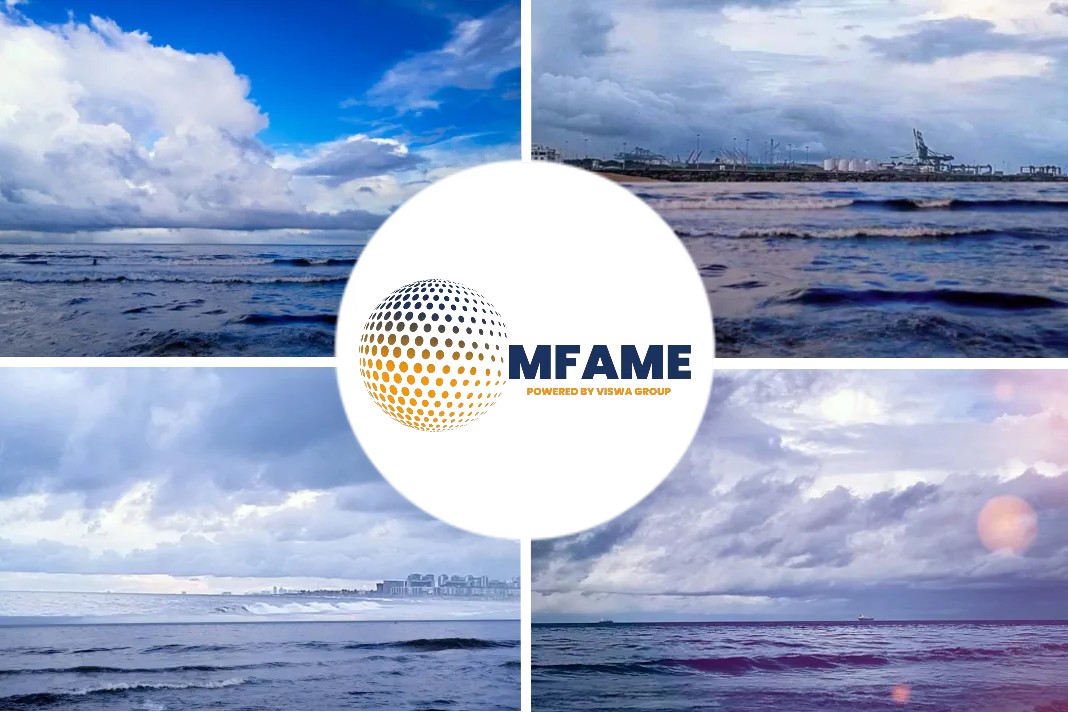The challenges of developing more sustainable marine fuels go far beyond ship design and propulsion technology, where the vital importance of readiness of fuel supply chains is explains Katharine Palmer for Lloyd’s Register.
Zero-carbon Marine Fuels
The adoption of new low- or zero-carbon marine fuels confronts shipping with an immense challenge in terms of ship design, propulsion technology, and shipboard fuel management. But experts point out that these issues are potentially easier to resolve than the complexities of the fuel supply chain – from the production of shipping’s new fuels to the bunker manifold, or its future equivalent.
Source of GHG Emission
The International Energy Agency estimates that 15% of global energy-related GHG emissions are caused by producing oil and gas, and distributing it to consumers. Methane leaks, the Agency said, are the single biggest source.
IMO’s 2050 target
Released in January, the University Maritime Advisory Services (UMAS) and the Energy Transitions Commission (ETC) study found that $USD 1-1.4 trillion is needed to achieve the IMO ambition by 2050. The study also highlighted that around 87% of the total investment is needed in the land-based infrastructure and production facilities for low carbon fuels, suggesting there is a substantial level of investment needed on land.
Global Sustainability Manager’s Explanation
Katharine Palmer is LR’s Marine & Offshore Global Sustainability Manager. “At LR, we use a framework to assess the marine solution readiness level (MSRL) that covers the whole lifecycle of a potential fuel from production to use in a marine application,” she explained.
Community Readiness
“It is made up of technology readiness, investment readiness, and community readiness. Apart from the asset-related investment, shipping’s energy transition will require the production of fuels and development of infrastructure that can deliver zero-carbon energy sources in sufficient volumes, at the right locations and, of course, at the right price. The community readiness part of the formula is based on lifecycle climate benefits, and current and future regulatory compliance.”
Supply Chain Readiness
“Right now, supply chains are not ready for this monumental change so it is too early to start talking about ‘supply chain readiness’” said Palmer, by which we mean there is confidence in the supply chain, both in the availability of the quantities required and the land-based infrastructure in place to generate and support a particular fuel. “As we start to narrow down the choices and assess the fuels which have potential to be scalable from 2030 onwards for mass shipping, then we can start to focus on the readiness of the supply chain.”
Scalability Potential
“We need to understand which fuels have the potential to be scalable from 2030,” Palmer explained. “Scalability is a function of demand and availability, and we need to understand this in order to start building supply chains. Obviously, we wouldn’t invest in supply chains for fuels that do not have the potential to be scalable.”
Technological Choices for Sustainability
Offsetting, whereby fuels containing carbon can still be used provided that they can be more than offset by carbon reductions somewhere else along the supply chain, is part of the IMO GHG strategy. “Although the industry has lots of technological choices available and can make sustainable reductions without having to offset, which would essentially allow the continued use of fossil fuels” explained Palmer.
Transition to Zero-carbon fuel
The transition to zero-carbon fuels maybe considered to be comparable to a transition from fuel oil to LNG as a fuel, but there are some important differences. The scale of investment needed in zero-carbon fuel infrastructure and distribution has not been seen in LNG, as LNG as a fuel only currently accounts for 0.2% of the in-service fleet (0.4% in tonnage), according to Clarksons 2020. Although 6.6% of the orderbook is LNG-fuelled it cannot yet be considered a mass market option.
She pointed out that the pathway between now and 2050 will have different stages. “It is important for zero-carbon energy sources, such as hydrogen, to start to play a role in shipping from 2030,” she said. However, the transition may not be complete for a further two decades.
Operational Emission Reduction
“The pace of the transition for the production of hydrogen might be different than for shipping, so hydrogen produced from natural gas by steam methane reforming could be used in shipping in the near term, reducing shipping’s operational emissions in ‘tank-to-wake’ terms. However, it will take longer to decarbonise the upstream supply chain to produce hydrogen from renewable electricity, rather than natural gas.”
Ammonia Utilization
Similarly, most ammonia today is produced using natural gas and steam methane reforming. But ammonia could also be produced using renewable electricity, she pointed out. The chemical, also carbon-free, is already widely shipped by sea as a cargo and, with three hydrogen atoms, is also a very effective hydrogen carrier.
Earlier this year, the classification society announced its involvement in a joint development project (JDP) to develop a tanker fuelled by ammonia – with MAN Energy Solutions, MISC Berhad, and Samsung Heavy Industries. Scope both to transport ammonia as a cargo, and to use it simultaneously as a marine fuel, could be a fantastic supply chain development in terms of carbon intensity reduction.
Classification society’s Nearing CEO note
Speaking as the JDP was announced, LR’s Marine & Offshore Director, Nick Brown, who will become the classification society’s CEO from January 2021, noted that LR has already been through three marine fuel transitions in its long history. “These are exciting times as we commence the industry’s fourth propulsion revolution … we have supported the transition from wind to coal to oil, and now look forward to safely decarbonising,” he said.
Strategic Direction
The industry’s three-decade journey towards 2050 has already begun. But it is already clear that there are many uncertainties along the way. However, Palmer is clear about the strategic direction. “We have three decades to get to net-zero,” she said, and different industrial sectors will not move at the same pace.
















